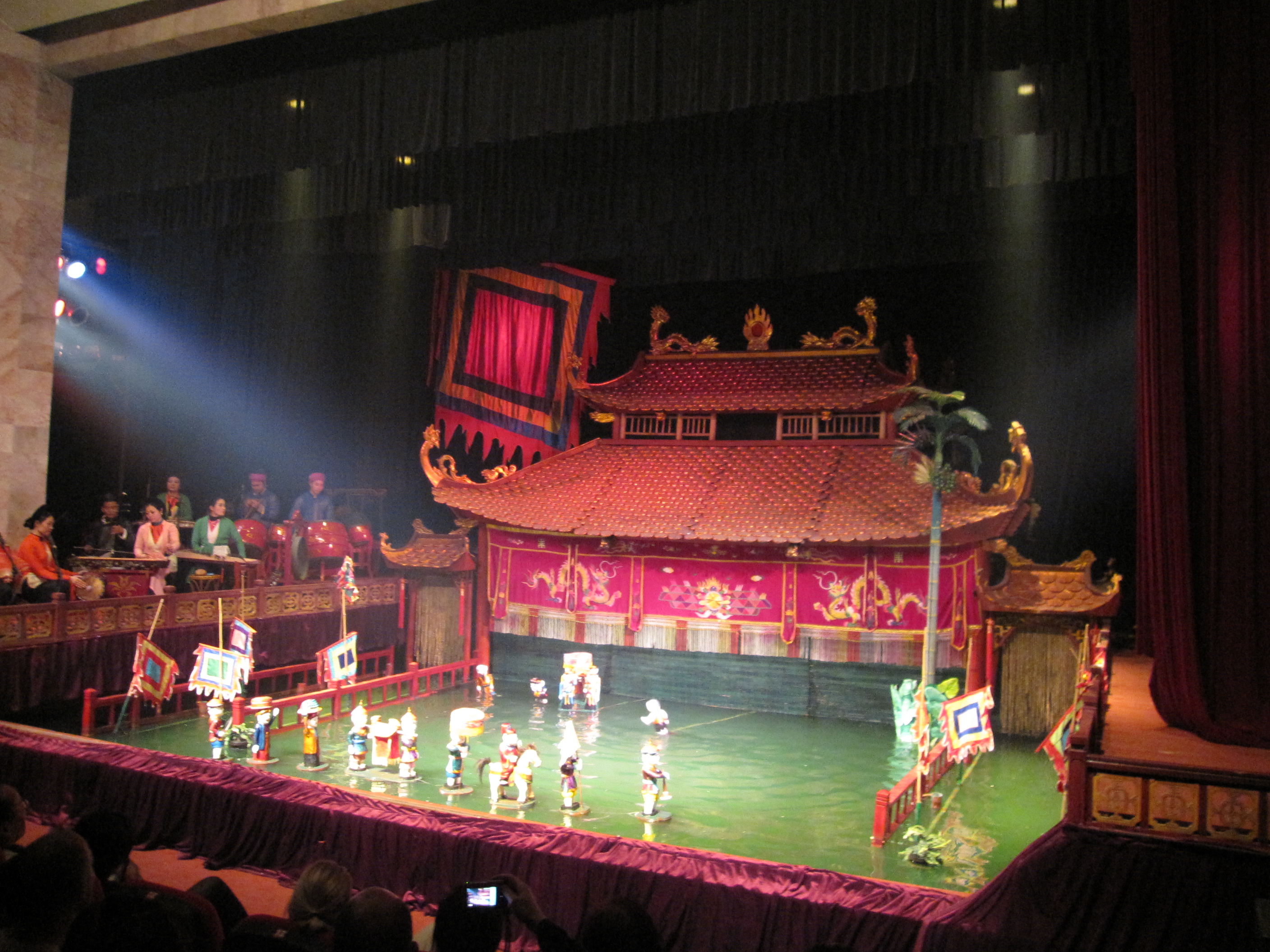<!– /* Font Definitions */ @font-face {font-family:”Cambria Math”; panose-1:2 4 5 3 5 4 6 3 2 4; mso-font-charset:0; mso-generic-font-family:roman; mso-font-pitch:variable; mso-font-signature:-1610611985 1107304683 0 0 159 0;} @font-face {font-family:Calibri; panose-1:2 15 5 2 2 2 4 3 2 4; mso-font-charset:0; mso-generic-font-family:swiss; mso-font-pitch:variable; mso-font-signature:-1610611985 1073750139 0 0 159 0;} /* Style Definitions */ p.MsoNormal, li.MsoNormal, div.MsoNormal {mso-style-unhide:no; mso-style-qformat:yes; mso-style-parent:””; margin-top:0in; margin-right:0in; margin-bottom:10.0pt; margin-left:0in; line-height:115%; mso-pagination:widow-orphan; font-size:11.0pt; font-family:”Calibri”,”sans-serif”; mso-ascii-font-family:Calibri; mso-ascii-theme-font:minor-latin; mso-fareast-font-family:Calibri; mso-fareast-theme-font:minor-latin; mso-hansi-font-family:Calibri; mso-hansi-theme-font:minor-latin; mso-bidi-font-family:”Times New Roman”; mso-bidi-theme-font:minor-bidi;} .MsoChpDefault {mso-style-type:export-only; mso-default-props:yes; mso-ascii-font-family:Calibri; mso-ascii-theme-font:minor-latin; mso-fareast-font-family:Calibri; mso-fareast-theme-font:minor-latin; mso-hansi-font-family:Calibri; mso-hansi-theme-font:minor-latin; mso-bidi-font-family:”Times New Roman”; mso-bidi-theme-font:minor-bidi;} .MsoPapDefault {mso-style-type:export-only; margin-bottom:10.0pt; line-height:115%;} @page Section1 {size:8.5in 11.0in; margin:1.0in 1.0in 1.0in 1.0in; mso-header-margin:.5in; mso-footer-margin:.5in; mso-paper-source:0;} div.Section1 {page:Section1;} –>
The black Humber Super Snipe, a British luxury car with a soft, American-type suspension, pulled in front of a teenager wearing a coat and tie. The boy dodged around the front of the car and got in next to the driver.
The driver needed a large car because he was a very large man, over 300 pounds. He had a big face to go with his big body and even bigger eyebrows. It seemed that the only exercise the man got was changing gear in the car.
Not only was he a big man in a big car, but he also had a big job. A very big job. His job was so big he could have had a police escort, bodyguards and a chauffeur.
He could have traded up the car to a Rolls or a Bentley, but he liked driving this particular car to work in the bright sunshine. There was nearly always bright sunshine, so no weather forecasts were issued for six months of the year.
The man and the boy were talking animatedly as the car stopped to pick up another passenger: a shoe-less African laborer. After exchanging a few words in the man’s native language, the driver and the boy went back to talking politics.
The driver was well qualified to talk politics. He was the prime minister of the Federation of Rhodesia and Nyasaland, comprising the self-governing colony of Southern Rhodesia and the British Protectorates of Northern Rhodesia and Nyasaland, now respectively Zimbabwe, Zambia and Malawi.
He was Sir Roy Welensky, reviled in much of the world’s press as the last great colonialist: a scoundrel who stood between the legitimate aspirations of the indigenous people of Africa and their white overlords.
The critics missed the substantial difference between the struggle by men like Welensky and the growing evil on the southern bank of the Limpopo River: apartheid in South Africa.
The uncouth boy, who had the temerity to argue with the prime minister, was myself. And the barefoot laborer was part of the great silent majority about whom the white minority was always arguing, including my daily exchange with the prime minister.
I was in my second year as a journalist and Welensky was still giving me a lift, as he had done when I was in school. Sometimes he would chide me on articles that had appeared in English newspapers, but always with good humor.
The prime minister’s office was on the edge of Salisbury, now Harare, but close enough to everything so that a ride to his office was a ride into town.
This day was in 1957. I remember it because I was about to move out of my parents’ house and to lose my daily briefing from the prime minister.
I also remember it because Welensky was being castigated in the British press as a racist, a monster, a white supremacist and a tin-pot dictator, elected only by the white minority. He was none of the former, but the latter was true.
Ever since then, in my travels around the world, I have been asked, “What was it like in Rhodesia then?” The answer is, it was like the weather — a bit unbelievable. There was this small number of Britons trying to recreate the best of the British Isles in the middle of Africa. The impediment was that another people were already in residence: the Africans.
Twenty years before Welensky became my chauffeur, Evelyn Waugh, the English writer, had described the white Rhodesians as having a “morbid lack of curiosity” about the indigenous people. He was right. If the Africans behaved like black Englishmen, well and good — otherwise they were better off as subsistence farmers. The administration of Africans was to be fair, kind and, above all, paternal. The whites were in the intellectual sway of Rudyard Kipling and Winston Churchill, convinced of an innate moral and cultural superiority.
All this only really applied to Southern Rhodesia. Despite the “federation,” Southern Rhodesia was where the British had chosen to live a special existence as a “self-governing” colony. Northern Rhodesia and Nyasaland were protectorates, their future independence assured. Another way of saying “protectorate” would be “not suitable for white settlement.”
What the British had wrought was a paternal masterpiece, where all the indigenous people in Southern Rhodesia were in a kind of welfare state. A servant class, people who knew their place.
The state of people in Cuba today is reminiscent: no rights but survival services. Employers had to provide each servant with 15 pounds of cornmeal a week, some meat three times a week and, if the employee was in domestic service, accommodation.
Medicine and schooling was available, as resources allowed, and both were spotty in delivery. Segregation was enforced.
The British withdrawal from India in 1947 signaled the beginning of the end of that way of life in Southern Rhodesia and Kenya.
It also was the end of innocence and 50 years of peace under a system that had developed in an eddy of the once-mighty British Empire
